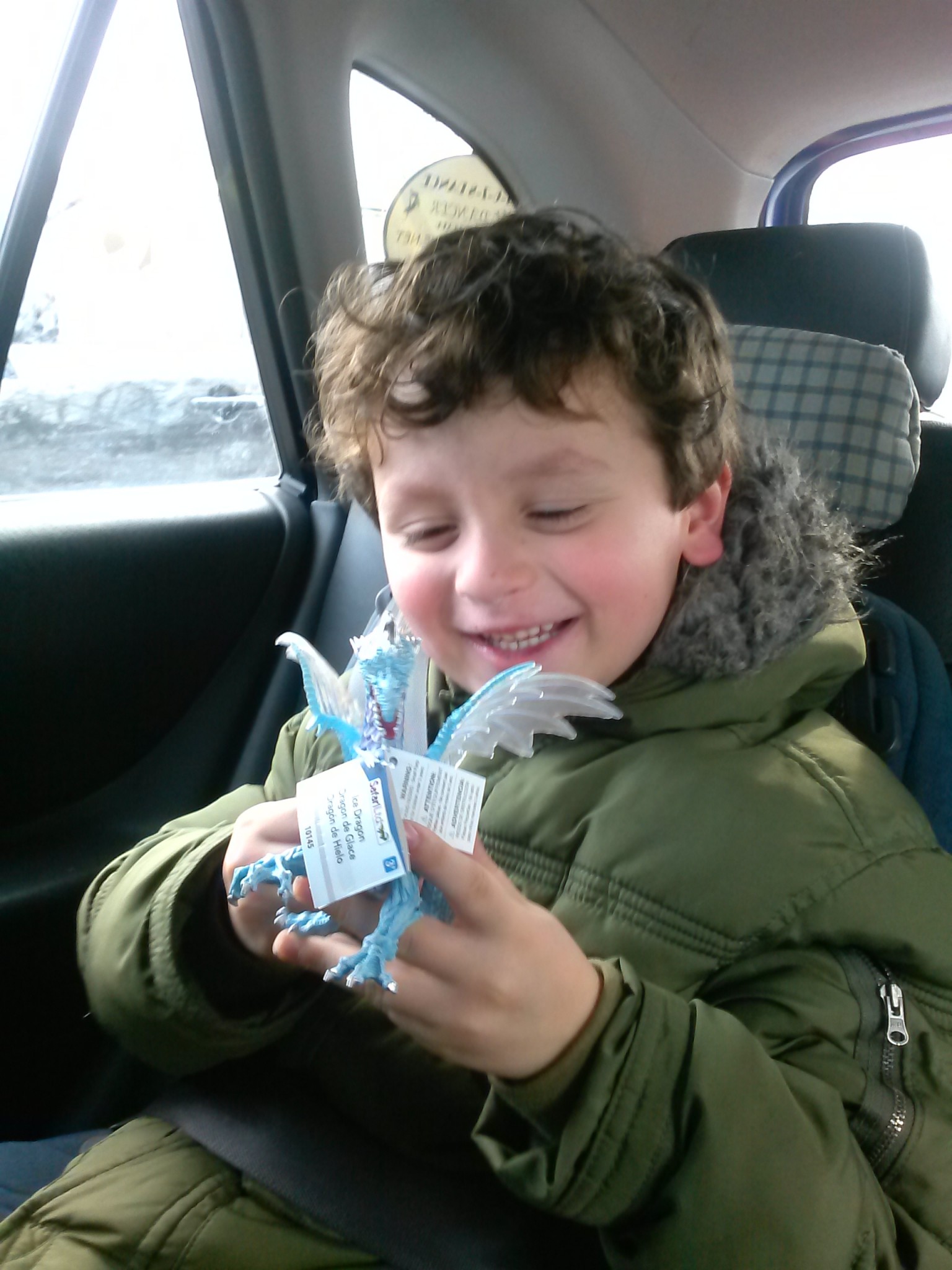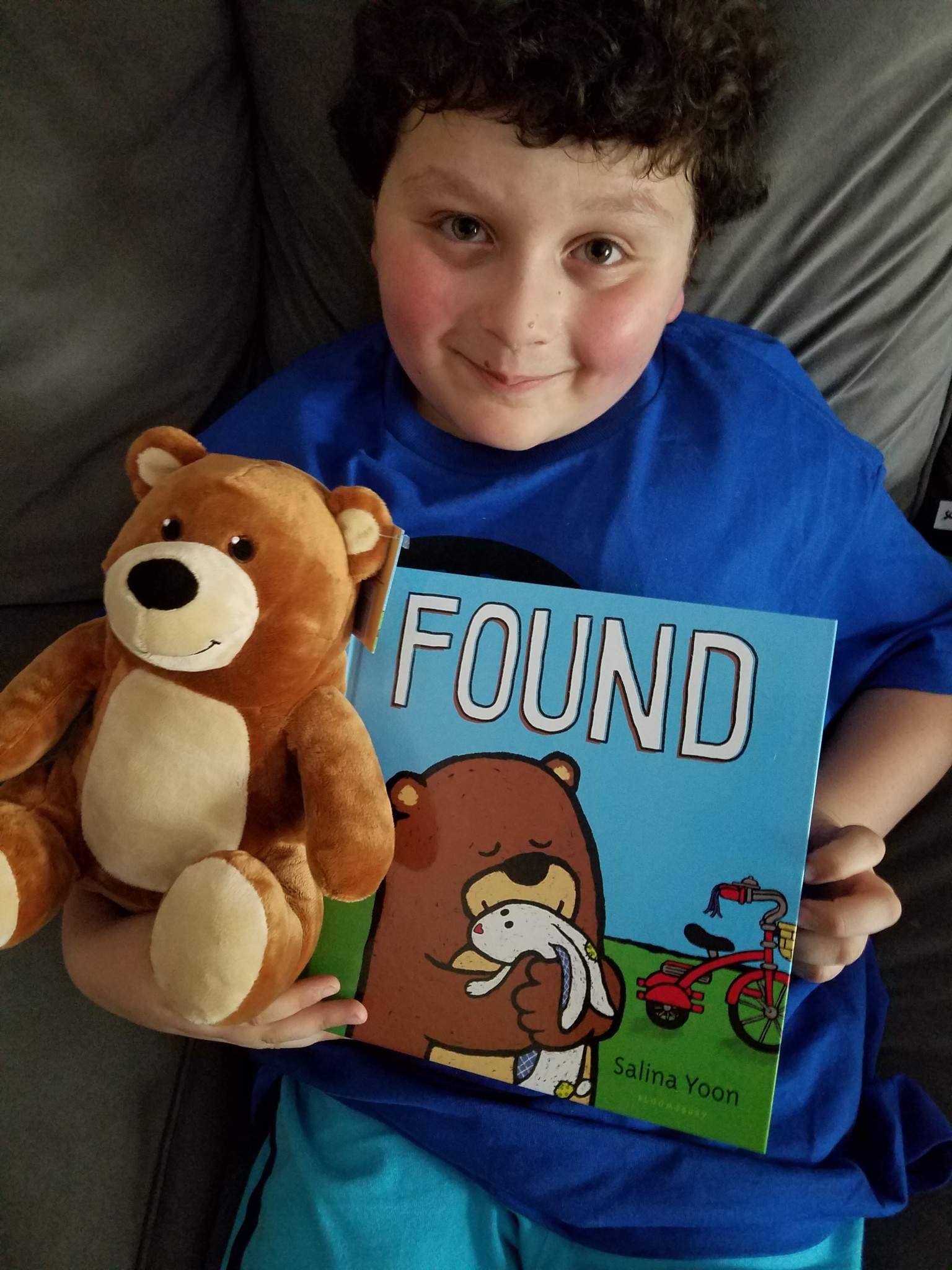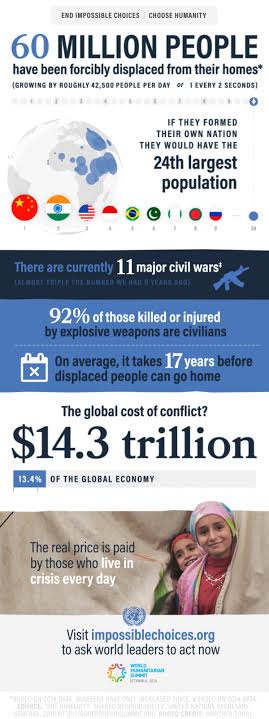
Did you know that every 33 seconds a child under 13 is involved in a car crash in the United States? Car seats, if used correctly, can dramatically reduce the risk of fatality or injury. But over half of car seats are misused in a way that could reduce their effectiveness and 1 in 3 children killed in car crashes are completely unrestrained at the time of the crash.*
The Ad Council and the U.S. Department of Transportation’s National Highway Traffic Safety Administration (NHTSA) want you to know about Child Passenger Safety. They hope to educate parents and caregivers about the importance of selecting the right seat for their child’s age and size, and to remind them that car seats, booster seats and seat belts offer the best protection for children in crashes and help save lives.
This summer, the Ad Council and NHTSA have unveiled new PSAs featuring characters from Warner Bros.’ upcoming animated adventure Storks. By using the tagline, “Find the Right Seat For Your Flock,” the PSAs urge parents and caregivers to protect their child’s future, by making sure they secure them in the right car seat for their age and size. The English language PSAs direct to SaferCar.gov/TheRightSeat and the Spanish ads direct to SaferCar.gov/Protegidos where parents and caregivers can find more information on how to determine if their child is in the right car seat.
The campaign features footage and characters from Storks, which delivers a fresh and funny look at the legend associated with storks delivering babies.
Will you help us spread awareness about the importance of having “the right seat” and “the right fit”? Here are a few simple ways you can help:
- “Is Your Child In The Right Seat?”
- Storks know how to keep kids safe. Do you? Visit safercar.gov/therightseat to know for sure that your child is in the right seat for their age and size. #STORKS #TheRightSeat
-
- Storks know how to keep kids safe. Do you? Find #TheRightSeat for your child’s age and size at safercar.gov/therightseat. #STORKS
- Installation Resources: If a car seat is not installed correctly, your child’s safety could be in danger. Every car seat has different installation instructions. You can find resources and tips, as well as a shareable animated infographic at Safercar.gov/parents/CarSeats/
How-To-Install-Car-Seats.htm? view=full.
-

- How confident are you that your child’s car seat or booster is #therightseat? Enough to stake their lives on it? Car crashes are a leading cause of death for children 1 to 13 years old.
- Many parents do not realize their child is in the wrong car seat. Visit Safercar.gov/TheRightSeat and make sure your child is riding safely. #therightseat.
- To locate a Certified Child Passenger Safety technician in your area, go to SaferCar.gov/TheRightSeat or download the free SaferCar app from the iTunes App Store.
- Register your car seat and booster seat at SaferCar.gov/TheRightSeat so you will be informed if there is a safety recall on your model.




























